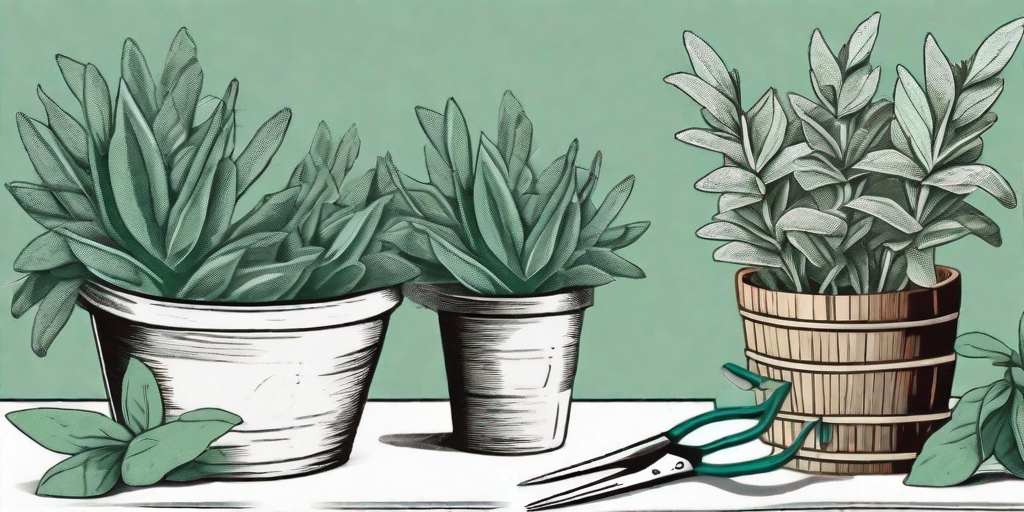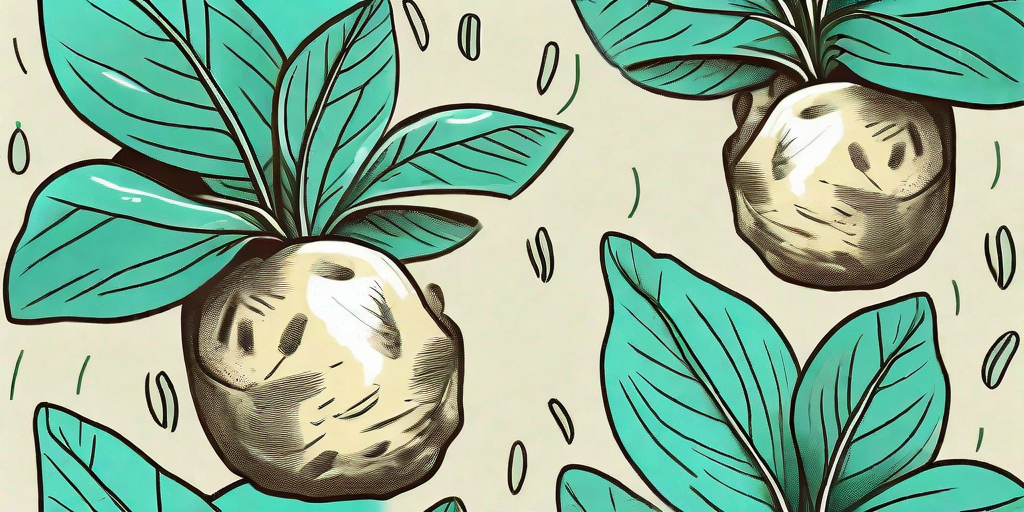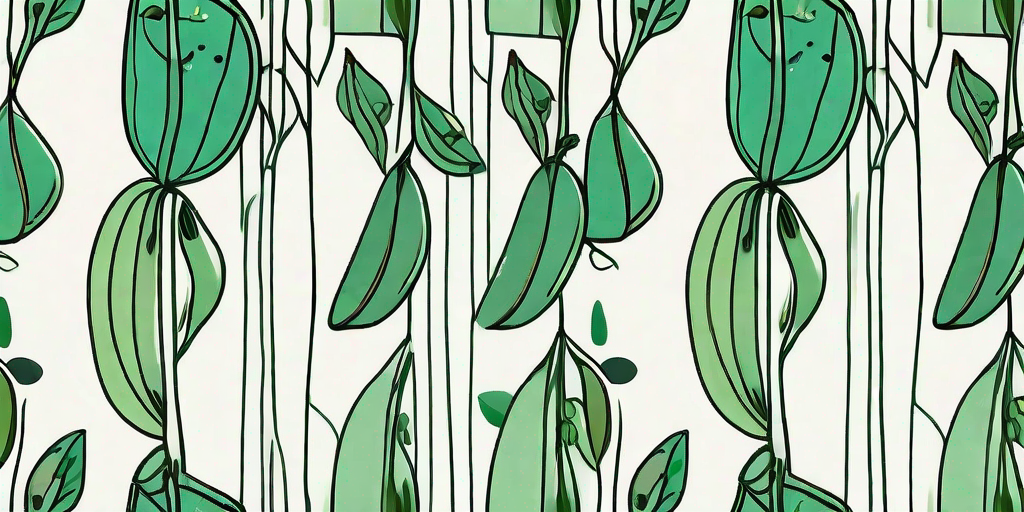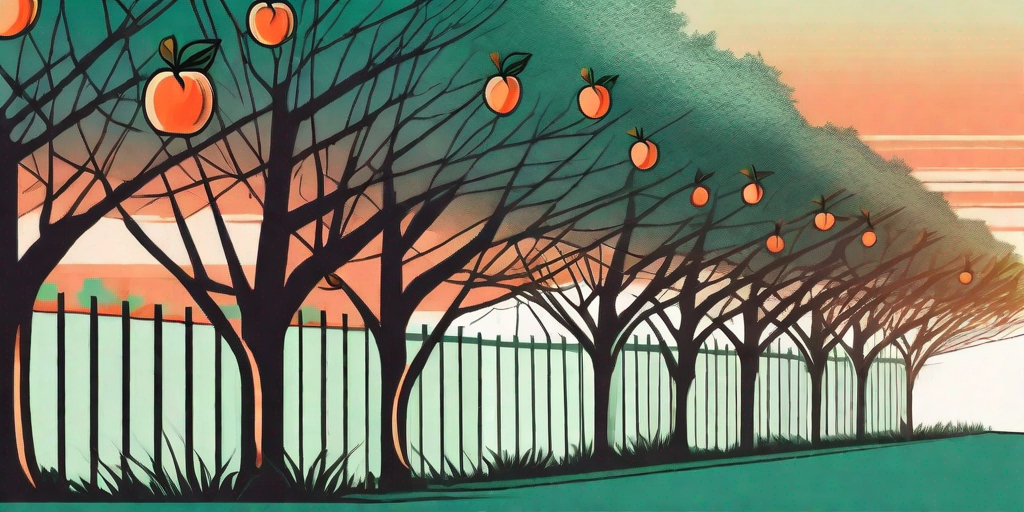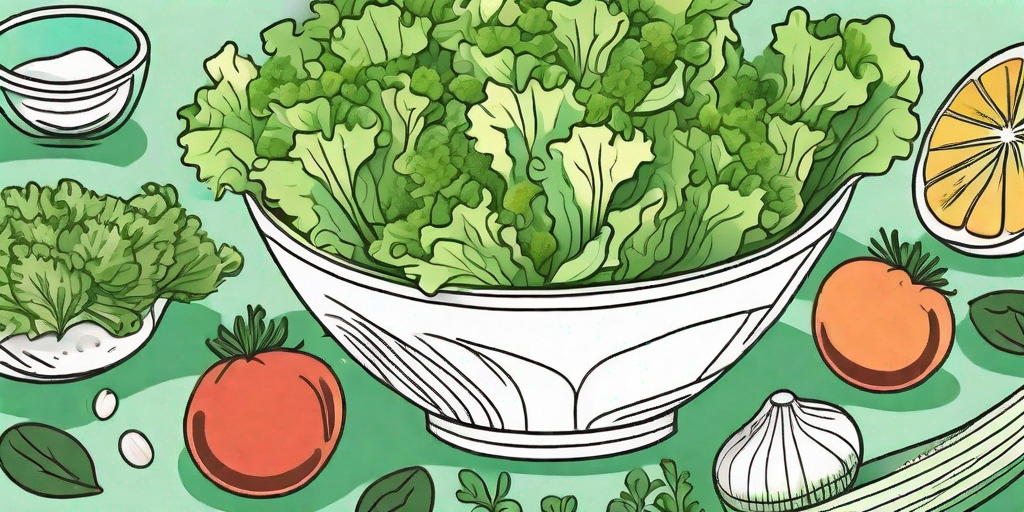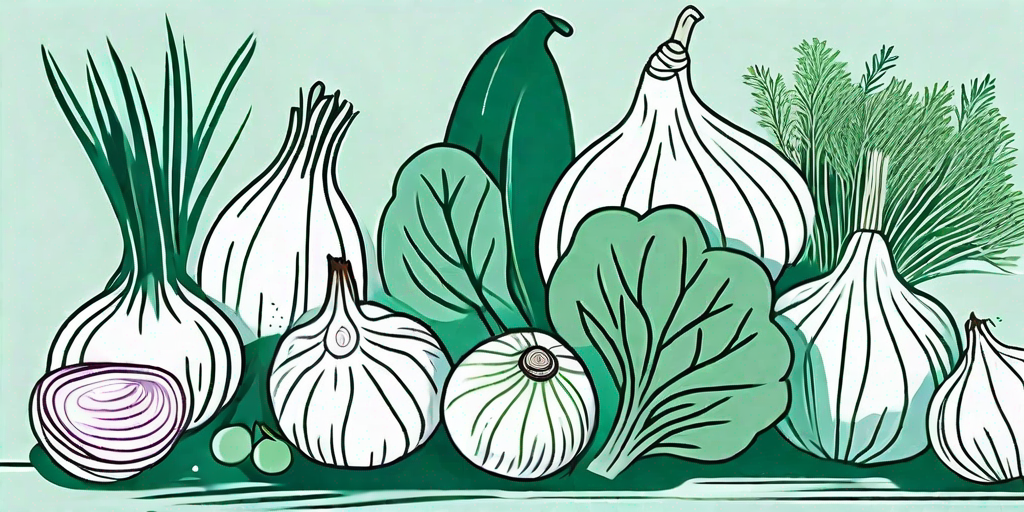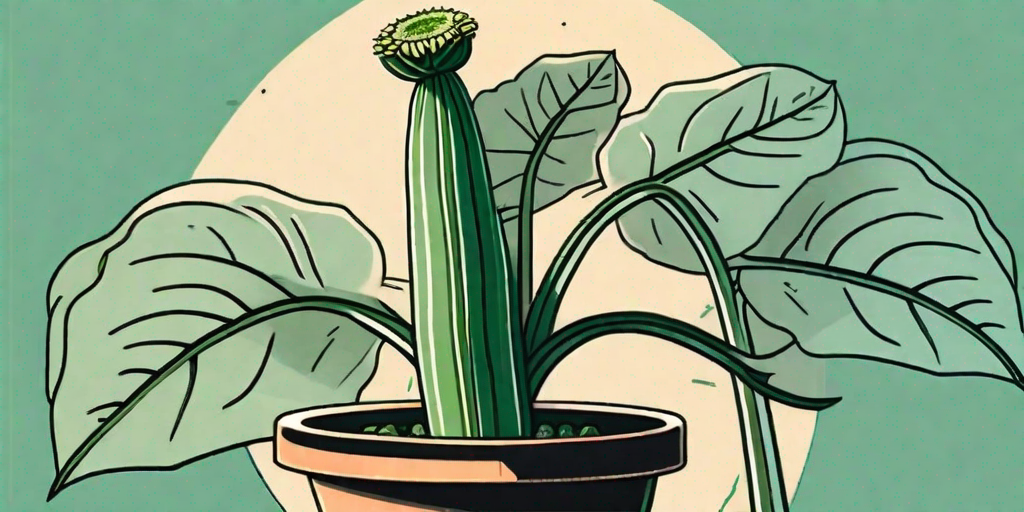
Welcome to the world of herbs! If you're here, it's likely you've been bitten by the gardening bug and are looking to cultivate your own sage. Well, you're in luck! This guide will take you through the process of sage harvesting, from planting to picking, and everything in between. So, let's get our hands dirty, shall we?
Understanding Sage: A Brief Overview
Sage, or Salvia officinalis if you want to get fancy, is a perennial, evergreen subshrub, with woody stems, grayish leaves, and blue to purplish flowers. It's not just a pretty face though, sage has been used for centuries for its culinary and medicinal properties. It's like the Swiss Army knife of herbs!
Native to the Mediterranean region, sage loves the sun. It's a hardy little plant that doesn't need a lot of fuss. This makes it a great choice for beginners or those who are a bit forgetful when it comes to watering. But don't let its easy-going nature fool you, sage has a lot to offer.
The Benefits of Growing Sage
Aside from the satisfaction of growing your own herbs, sage has a number of benefits. It's packed with nutrients like vitamin K, vitamin A, calcium, and iron. It's also a great source of antioxidants, which can help protect your body against damage from free radicals.
On the culinary side, sage adds a robust flavor to dishes. It pairs well with poultry, pork, and beans, and is a staple in stuffing. Plus, nothing beats the smell of fresh sage in the kitchen. It's like a little bit of the Mediterranean right in your home.
Planting Your Sage: The First Step to a Bountiful Harvest
Now that we've covered the basics, let's get down to business. Planting sage is a relatively straightforward process, but there are a few key things to keep in mind.
Firstly, sage prefers well-drained soil and lots of sunlight. It's not a fan of wet feet, so make sure your garden has good drainage. If you're planting in a pot, make sure there are holes in the bottom for excess water to escape.
Choosing Your Sage
There are many different varieties of sage, each with its own unique flavor and appearance. Common sage is the most widely used for cooking, but why not try something different? Purple sage, pineapple sage, and golden sage are all great options. Just remember, variety is the spice of life!
Once you've chosen your sage, it's time to plant. Sage can be grown from seeds, cuttings, or transplants. Seeds can be a bit tricky, so for beginners, we recommend starting with a cutting or transplant.
Planting Your Sage
When planting your sage, dig a hole that's twice as wide and just as deep as the root ball. Place the plant in the hole, making sure the top of the root ball is level with the soil surface. Backfill the hole, firming the soil gently around the plant. Give it a good watering, and voila! You're a sage gardener.
Keep in mind, sage likes to spread out, so make sure to give your plants plenty of room. A distance of 24 to 36 inches between plants should do the trick.
Harvesting Your Sage: The Moment of Truth
After all your hard work, it's finally time to harvest your sage. The best time to harvest is just before the plant blooms, as this is when the flavor is most potent. But don't worry, you can still harvest sage after it blooms, it just won't be as strong.
To harvest, simply cut the stems about 4 to 6 inches from the base. Be sure to leave some leaves on the plant so it can continue to grow. Once you've harvested your sage, rinse it under cool water and pat dry. Now it's ready to use in your favorite recipes!
Storing Your Sage
If you've harvested more sage than you can use, don't worry, it's easy to store. Simply bundle the stems together, tie with a string, and hang upside down in a cool, dry place. Once the sage is dry, you can remove the leaves and store them in an airtight container.
Alternatively, you can freeze your sage. Just chop the leaves, place them in an ice cube tray, cover with water, and freeze. Whenever you need sage, just pop out a cube and add it to your dish. It's like having fresh sage on demand!
Frequently Asked Questions
Can I grow sage indoors?
Absolutely! Sage is a great plant for indoor gardening. Just make sure it gets plenty of sunlight and isn't overwatered.
How often should I water my sage?
Sage doesn't like to be too wet, so only water when the top inch of soil is dry. In hot weather, this might be once or twice a week. In cooler weather, once every two weeks should be enough.
Can I use sage straight from the garden?
Yes, you can! Just give it a good rinse before using to remove any dirt or bugs.
Conclusion
And there you have it, a step-by-step guide to cultivating your own sage garden. With a bit of patience and care, you'll be harvesting your own sage in no time. So, what are you waiting for? Get out there and start planting!



